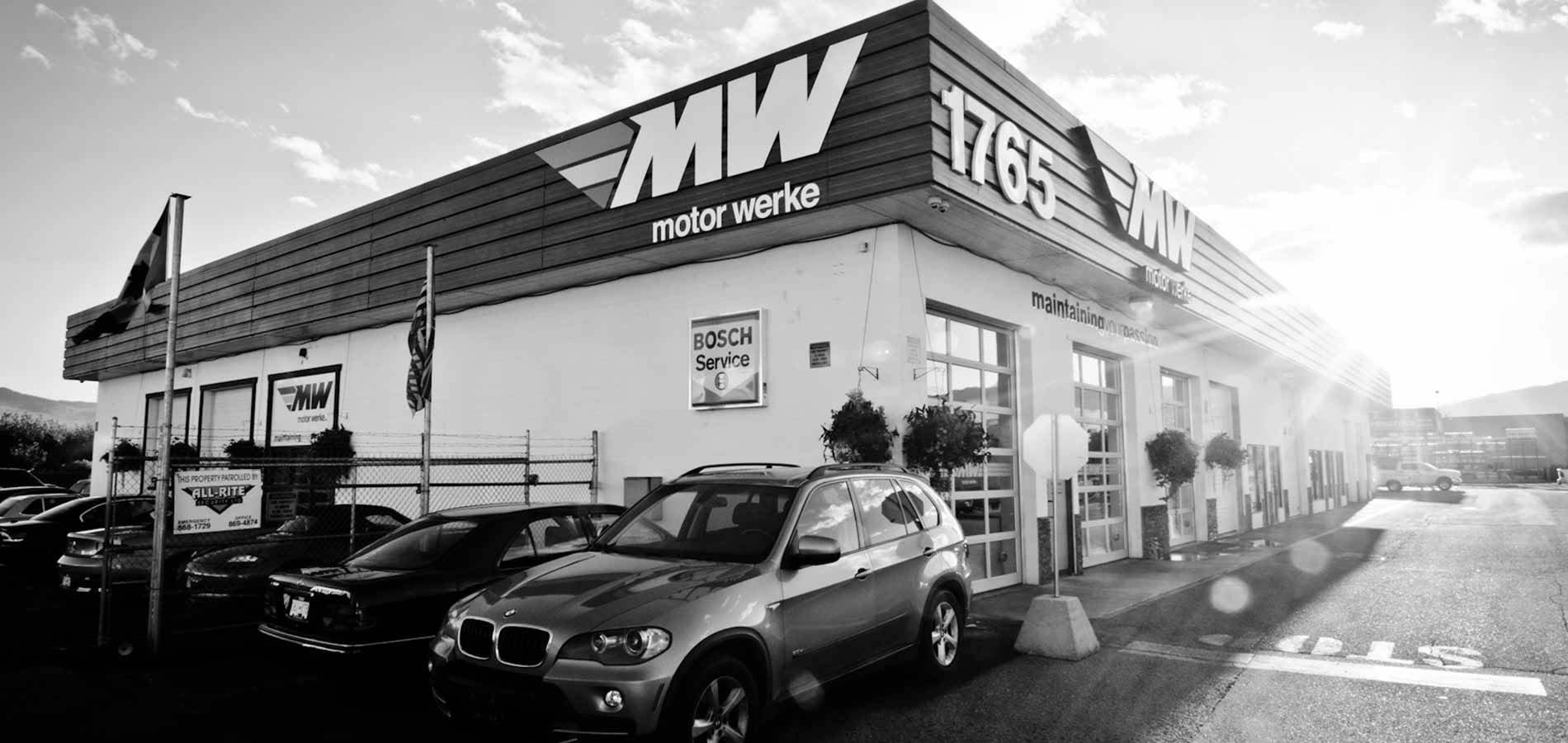When Wheels Align
To align or not to align… that is the question. The answer may be more important than you think. Your car’s wheel alignment should be checked when you get new tires, install suspension components, if there is any unusual wear patter on the tires, if your car starts to pull to one side and/or when you encounter a major pothole or have a serious run in with a curb.
When you think of your vehicle’s tires you probably think of them sitting snuggly on the wheel and not doing much but going round and round as you drive. It is important to have regular wheel alignments, and your wheel alignment should be checked every time you get your vehicle serviced. A proper wheel alignment can make a huge difference in the performance and life of your vehicle.
Save on Fuel Costs
When your wheels are not properly aligned, tire pressure can change and become unequal, causing uneven friction and more resistance from the road surface. Your car has to work harder to move forward, using more fuel than necessary.
Properly aligned wheels get much less resistance from the road surface. With a proper wheel alignment, you get a smoother ride and lower fuel costs.
Save on Tire Costs
New tires are expensive. You should always have your wheel alignment checked when you purchase and install new tires. Higher road resistance results in more than increased fuel costs, it also leads to faster wear and tear on your tires. Your tires could become bald on one portion, while having years of life left in other spots. When tires become uneven it is dangerous, and you have to replace them.
You may think your tires are covered by warranty from the manufacturer, and they are, to a certain degree. Warranties cover defects that originate with the manufacturer. They do not cover poor maintenance.
Save Your Life
If you’ve ever driven a car that pulls to the side, you’ve driven a car with a faulty wheel alignment. Improperly aligned wheels make it dangerous to drive on gravel, wet or icy roads. Getting your vehicle’s wheel aligned properly just makes sense.
Save on Wear and Tear
Your vehicle is an amazing machine that is highly interconnected. Improper wheel alignment can lead to uneven braking and cause wear on the brake components. Once your vehicle starts pulling to one side, you may encounter problems with your steering system. Then there’s also the affect it has on your suspension system.
What’s the Angle?
The term alignment doesn’t actually refer to your vehicle’s wheels. It’s more about suspension. There are three alignment angles that must be in line for optimum operation and safety of your vehicle.
Camber: the angle measuring the tilt in or out orientation to the top of the tire. If a car’s camber angle on a tire is too positive then the top of the tire will tilt outward. If the camber angle is negative, the top of the tire is tilts inward. This can be caused by worn ball joints, control arm bushings, strut bearings/mounts, or excessively worn wheel bearings.
Toe: Imagine your feet turned in so the toes touch, or turned out so the heels are close. This is called the toe on your vehicle. When toe happens, your tires wear out fast. Loose rack mounts, worn idler arm/s, worn tie rods, or a worn steering box can cause severe toe. Whatever the cause, it should be fixed as soon as possible.
Caster: Remember when you let go of your bicycle handles and rode with no hands and the bicycle magically went straightforward? You could just lean left or right to turn a corner and when you sat upright the bike would go straight again. This is called caster. After your vehicle has made a turn, the steering wheel turns automatically back to steering straight ahead. When this is out of alignment, your vehicle will not react the way it should.
Types of Wheel Alignment
A four-wheel alignment is reserved for vehicles with independent or adjustable rear suspensions. Both axles must be properly aligned so that all four wheels form a rectangle, parallel to one another and perpendicular to the ground.
With a front-end alignment, only the front-axle components are adjusted. The rear wheels and axle are straightened so they are perpendicular to the middle of the vehicle and parallel with the front axle.
Balance is not Alignment
Having your wheels balanced is not the same as getting them aligned. Wheel balancing is simply adjusting the balance between the tire and the rim. It is important not to get confused between the two.
Have your wheel alignment checked regularly by the Kelowna vehicle maintenance experts at Motor Werke to ensure savings and safety whenever you get in your vehicle. Book your appointment today!





